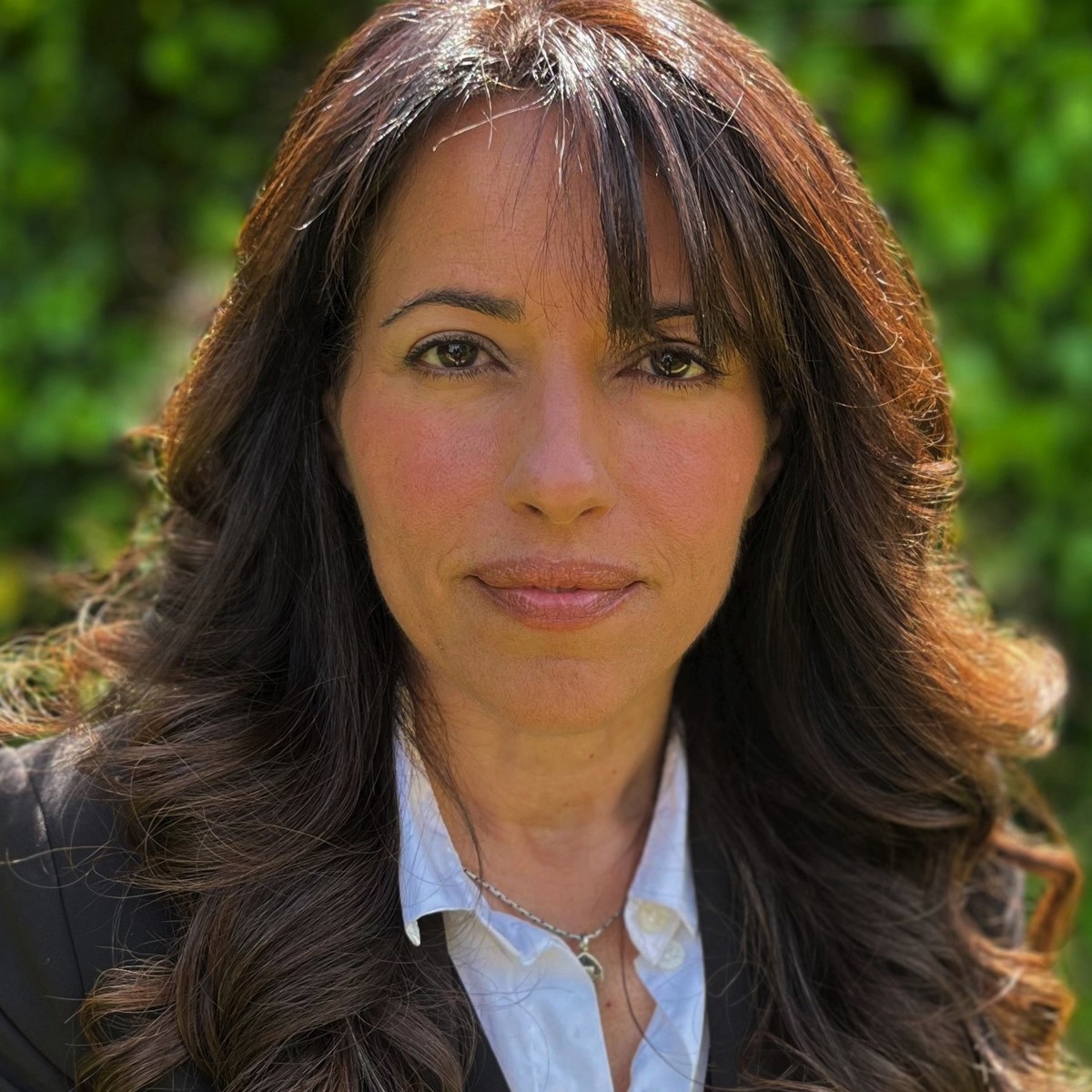Optimism through localism
A co-written blog from NGA's trust specialist, Michael Barton, and Samira Sadeghi, CST, exploring the challenges and benefits of local governance in a multi academy trust context.

The start of a new year is an opportunity to reflect and look forwards. At NGA and CST we acknowledge the many challenges facing school trusts and the wider education sector, but we see grounds for optimism too.

The challenges are clear and fundamental, from persistent school absence to shocking levels of destitution in many communities. Fully addressing these challenges requires a relational culture that understands context and then crafts tailored approaches in response. This means forging connections with specific school communities, to fully understand their experiences and challenges, and then build sustainable solutions.
In a multi academy trust context, the local tier of governance can and should play a central role in this. Done well, local governance connects a trust to the communities it serves, speaking and listening to pupils and parents. In doing so, it can complement the work of its trust board, providing vital local intelligence and feedback while the trust allocates expertise and resources, and shares evidence-informed practice from across its academies.
At CST and NGA, we also appreciate that this vision of local governance does not always materialise. Instead, we often find blurred lines of accountability, duplication of responsibilities, confusion about delegation, and intolerable demands on leaders who find themselves answering to multiple tiers of governance for the same things.
For trusts, therefore, the challenge becomes identifying what value the local tier is uniquely positioned to provide, and then building a structure which allows it to add this value – complementing the trust’s other governance tiers rather than being in conflict. Both of our organisations have already written extensively on this topic, recognising its importance to a trust’s overall governance and success.
Whakapapa
One way of thinking about the unique value which the local tier can add is the Māori concept of whakapapa. According to Owen Eastwood, this ancient code of togetherness creates a collective mindset and unity of purpose born of the fact that "each of us is part of an unbreakable chain of people, back into our past to our first ancestors, and into the future, to the end of time.” Whakapapa is the essence of a relational culture that anchors a school in its community and creates a sense of belonging and connection.
The local tier can understand and highlight what is great and unique about their school, its history and the local community. They understand local assets – parks, community centres, places of worship, local universities and other employers – and can draw on them to support families and children. They also, of course, know the other side – the particular challenges and threats facing their community.
Those governing on the local tier still require skills, but a completely different set of skills. People who can provide input based on deep local knowledge that will enable the trust to contextualise its approach:
- What are the specific root causes of the school’s safeguarding concerns?
- What is the impact of that vape shop or chicken shop across the street from the school?
- What is the quality, cohesiveness and accessibility of local health and social care services for families?
- How are families impacted by the lack of frequency on local bus lines?
- Where are the local jobs and what skills do they require? What are parental attitudes to education and what are they based on?
Trusts should therefore aim to recruit local committee members that reflect and understand the school community. Their differing levels of education, cultural values, ethnicities and faiths. Their unique perspectives as local residents, employers or former students. People with an ‘owner’s mindset’ – they know the community’s past and are vested in its future; its whakapapa.
Such a vision does not diminish the influence and impact of the local tier. Indeed, such localism can and does enhance it in many trusts. The local tier can engage directly with the board of trustees in an agile, two-way feedback loop that enables the trust to continuously tailor and adjust its strategy, building resilience and sustainability. It would serve as the ‘eyes and ears’ of the board of trustees, helping triangulate the information they receive from the trust executive. It would sense-check the trust’s understanding of the school and provide local accountability for the trust’s performance, and that of the school’s leadership, feeding back on issues that require firsthand knowledge: Do pupils feel safe? Do they feel included? Does the school have a culture of safeguarding? Is the school obtaining true value for money through its Pupil Premium spend? Are facilities safe and properly maintained?
Local committees would also serve as ambassadors for the trust, the local embodiment of the trust’s values, mission and vision. Raising the trust’s profile through its links with community groups. Promoting the ‘trust dividend’, whether it is enhanced professional development and progression opportunities for staff, or the sharing of resources and outstanding practice.
The trust’s collaborative structure and professional expertise together with the local tier’s intimate knowledge of the school’s history, culture and identity can be an unbeatable combination. More and more trusts are redesigning their local governance to foster localism and tap into the school’s whakapapa. In so doing, trusts can tackle current challenges, fulfil their wider civic responsibility and create strong, stable schools that will serve communities for generations to come. And that is grounds for optimism.

Michael Barton
Head of Advocacy and External Affairs
Michael specialises in trust governance, co-ordinating NGA's work with multi-academy trusts and producing tailored resources. He also leads NGA's work in the West Midlands, working closely with the region's trusts and local authorities.

Samira Sadeghi
Director of Trust Governance at CST
Samira leads on trust governance policy, guidance, advice and resources for CST members. She has been involved in school governance for over 10 years and held lead governance roles at two large trusts before joining CST. In a previous life, she was a criminal defence attorney in California representing men on death row on their habeas corpus petitions for almost 12 years.


